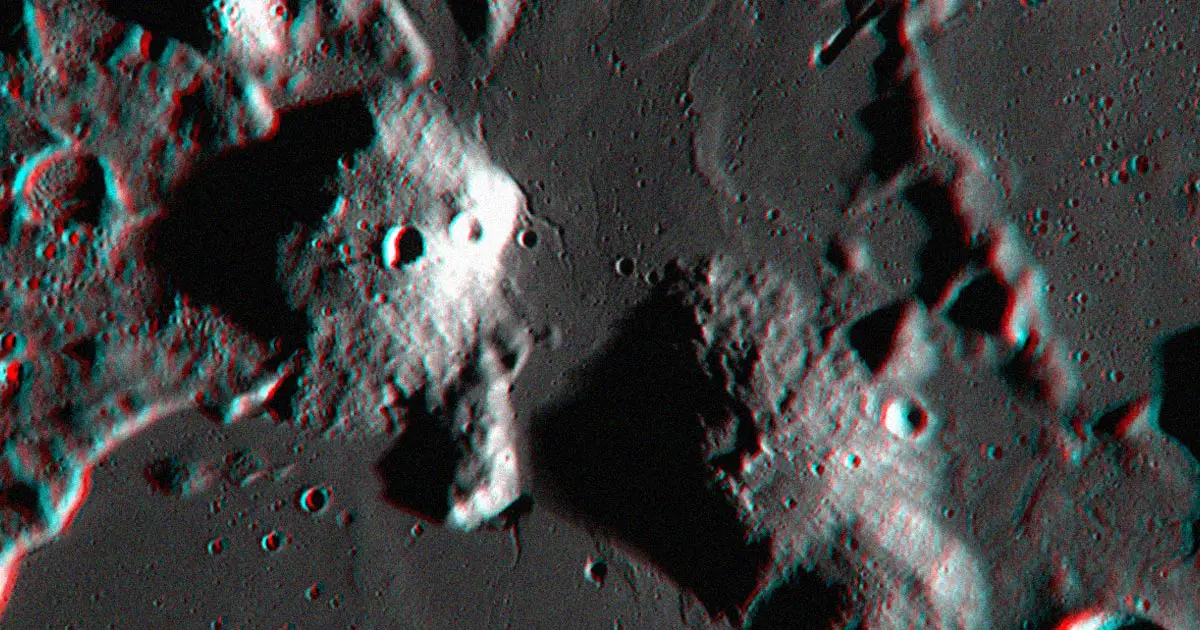NASA plans to undertake a “priority” trip to the moon to investigate unexplained structures. A rover from NASA will visit the Gruithuisen Domes, a geological structure that has perplexed geologists. The domes are thought to have been produced by silica-rich sticky magma with a composition comparable to granite. On Earth, however, such structures need seas of liquid water and plate tectonics to create, but moon scientists have been left wondering how these domes arose and grew through time without these vital elements.
The Lunar Vulkan Imaging and Spectroscopy Explorer (Lunar-VISE) mission, which is set to launch in 2025, will have five instruments. Two will be put on a permanent lander, while the other three will be mounted on a mobile rover and delivered as a service by a Commercial Lunar Payload Services (CLPS) initiative provider. Lunar-VISE will spend 10 Earth days (one lunar day) exploring the pinnacle of one of the Gruithuisen Domes.
The data obtained and returned by Lunar-equipment VISE will assist scientists to address basic unanswered issues about how these structures came to be by studying the lunar regolith at the summit of one of these domes. The data, which was announced on June 2 as part of a “Priority Artemis Science” mission, would also aid future robotic and human trips to the Moon. “We’re dealing with a lunar riddle!” NASA’s Caroline Capone notes, “The Gruithuisen Domes are a geologic riddle.”
“These domes have long been assumed to be created by a magma rich in silica, comparable in composition to granite, based on early telescopic and satellite studies. How such silicic magmas may arise on the Moon is the true enigma. We need to visit the domes, investigate them from the ground, and analyze rock samples in order to fully comprehend these perplexing structures. Fortunately, NASA intends to accomplish exactly that! Hopefully, in a few years, we will have a better understanding of this lunar riddle!”
NASA has chosen a second inquiry, adding to the increasing list of commercial deliveries expected to study more of the Moon than ever before under Artemis. LEIA (Lunar Explorer Instrument for Space Biology Applications) is a tiny CubeSat-based scientific package. By sending the yeast Saccharomyces cerevisiae to the lunar surface and monitoring its reaction to radiation and lunar gravity, LEIA will offer biological research on the Moon that cannot be duplicated or recreated with great precision on Earth or the International Space Station.
“The two chosen projects will address critical scientific problems connected to the Moon,” says Joel Kearns, NASA’s Science Mission Directorate’s deputy associate administrator for exploration. “The first will investigate a unique kind of lunar volcanism to learn more about the geologic processes of early planetary bodies that have been preserved on the Moon. The second will look at how yeast, a model organism used to study DNA damage response and repair, reacts to the Moon’s low gravity and radiation environment.”
Source: StudyFinds

